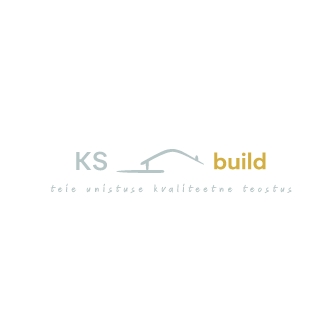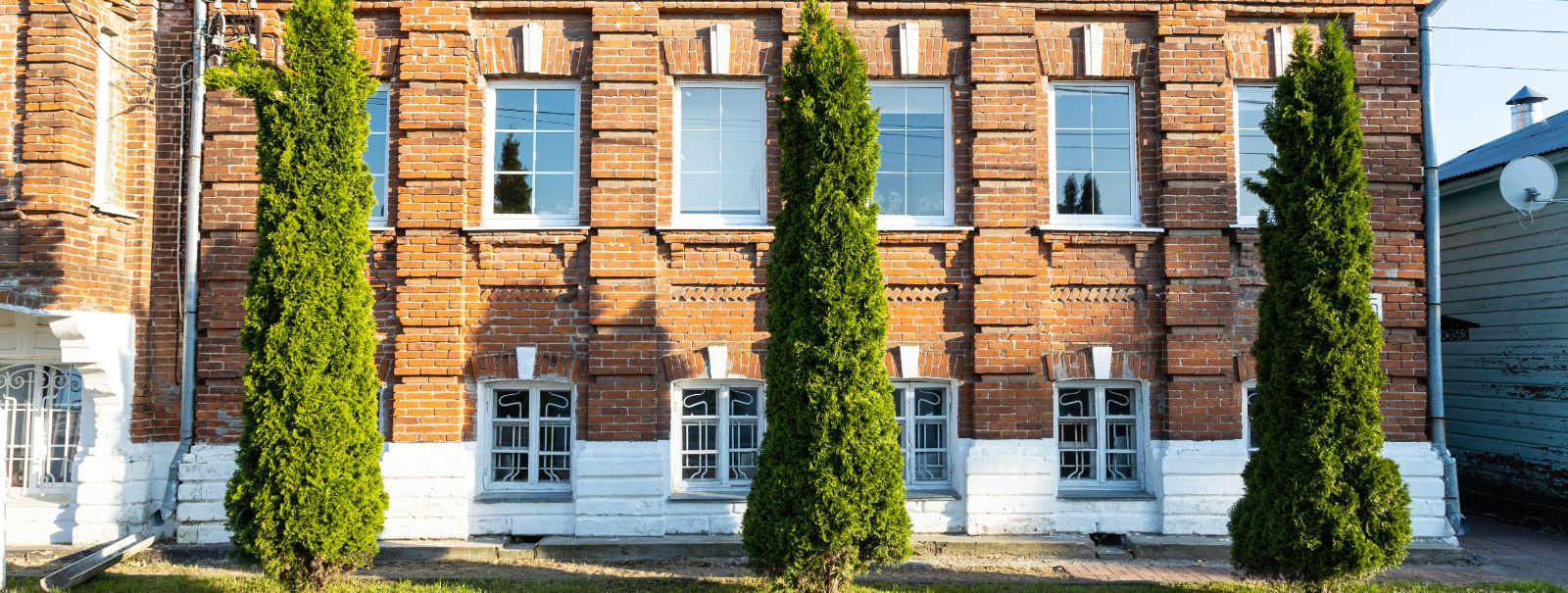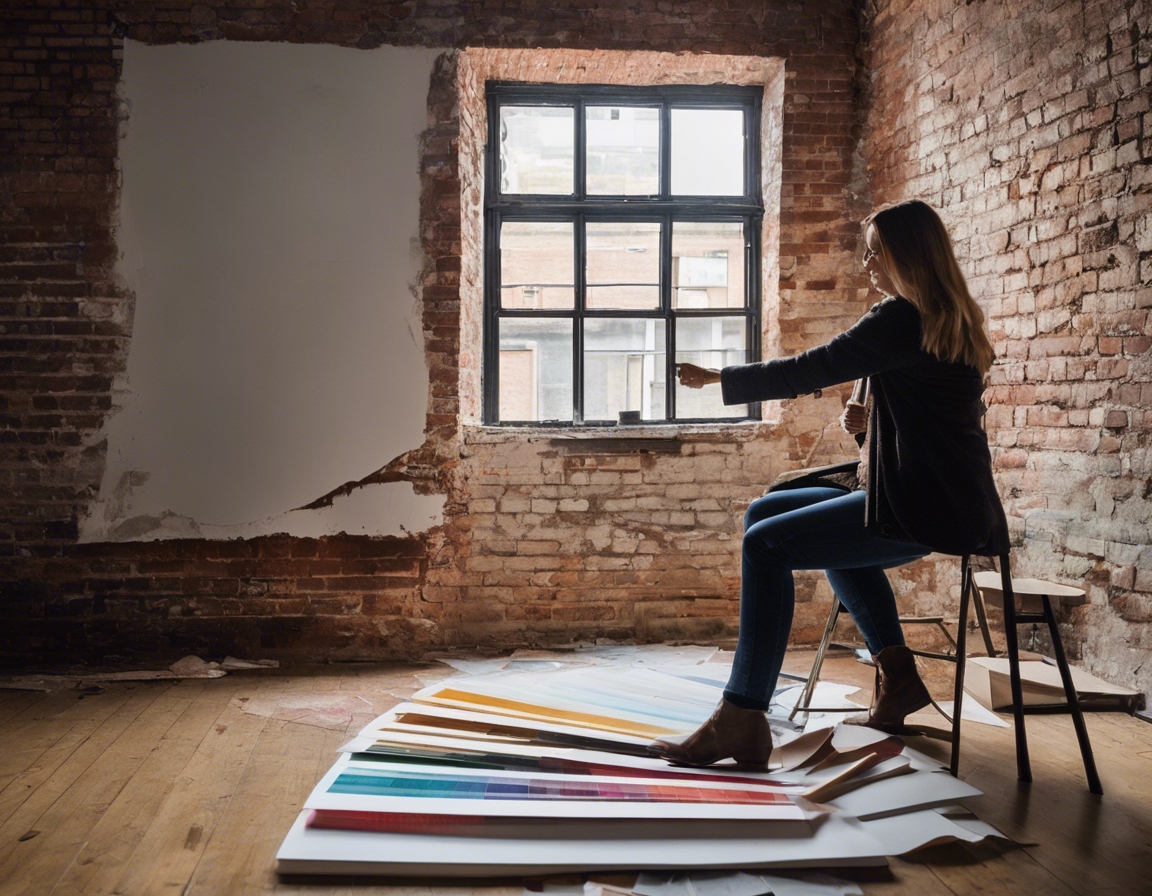The art of restoring historical buildings
Historical buildings are not just structures; they are tangible links to our past, telling stories of different eras, cultures, and communities. Preserving these architectural treasures is crucial for maintaining the historical integrity and cultural identity of a region. Restoration plays a vital role in this process, ensuring that future generations can enjoy and learn from these monuments of bygone times.
Restoring a historical building is a complex task that requires a deep understanding of traditional construction methods, materials, and architectural styles. It involves navigating through various challenges such as structural damage, outdated building codes, and the delicate nature of aged materials. However, the rewards of restoring a piece of history to its former glory are immeasurable, both in terms of cultural heritage and architectural beauty.
The Restoration Process
The first step in any restoration project is a thorough assessment of the building's condition. This involves detailed documentation of its architectural features, historical significance, and structural integrity. Accurate records and assessments are essential for developing a restoration plan that respects the building's original design while ensuring its safety and functionality.
Restoration projects often require approvals from heritage conservation authorities. This stage involves careful planning to meet regulatory requirements while preserving the building's historical value. It's a delicate balance between modern compliance and historical authenticity that requires expert knowledge and experience.
Selecting appropriate materials and restoration techniques is critical to maintaining the historical accuracy of a building. This can include sourcing original or replica materials and employing traditional craftsmanship methods. The goal is to repair and restore the building in a way that is sympathetic to its original character.
Skilled craftsmen with specialized knowledge in historical building techniques are the backbone of any restoration project. Their expertise ensures that the restoration work is carried out with the utmost respect for the building's historical integrity and architectural details.
Modern Innovations in Historical Restoration
While traditional methods are essential, modern technology also plays a significant role in historical building restoration. Techniques such as 3D scanning and modeling can help in the accurate replication of architectural details and in diagnosing structural issues without invasive procedures.
Today, sustainability is a key consideration in restoration projects. This involves using eco-friendly materials and methods that reduce the environmental impact while enhancing the building's energy efficiency and longevity.
Why Choose KS BUILD OÜ for Your Restoration Project?
At KS BUILD OÜ, we are dedicated to delivering the highest quality restoration services. Our team of experts is well-versed in the complexities of historical buildings and is committed to preserving the legacy of each structure we work on.
We understand that each historical building is unique, with its own set of challenges and requirements. That's why we offer custom solutions tailored to the specific needs of your restoration project, ensuring that the end result is both beautiful and historically accurate.






Comments (0)